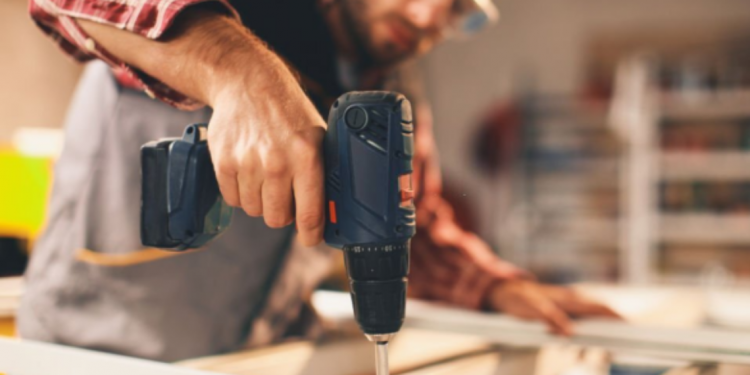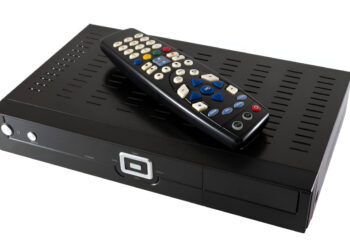Reciprocal saws are commonly used in many DIY projects. This saw primarily uses a motorized reciprocating motion to cut materials while being handled. A reciprocating saw is frequently used in the HVAC, plumbing, and construction industries.
The Makita reciprocating saw 18V is designed to be used on vertical surfaces due to its serrated blade. The following are the top 7 advantages of utilizing a Makita reciprocating saw 18V. To know more about the manufacturer click here www.ukplanettools.co.uk.
Mobility:
The two main types of reciprocating saws are corded and cordless. Whatever type you select, they are primarily transportable and small. They may simply be carried to any location and stored in small spaces thanks to their compactness.
The cordless Makita reciprocating saw 18V, on the other hand, is powered by batteries rather than an electrical outlet. As a result of not requiring an extension cable, it is the most portable saw of the two types.
Variable Speed:
The Makita reciprocating saw 18V has the advantages of variable orbital action and varying speeds. The sort of reciprocating saw to purchase mostly relies on the type of task you are doing because they differ in characteristics. Nevertheless, despite the fact that these saws have various speeds, you may easily alter the cutting action’s pace based on the unit’s intended use.
Improved Stroke Depth:
You can use the Makita reciprocating saw 18V to cut with both long and short strokes. In contrast to short strokes, which are required to make plunge cuts, long strokes typically have faster, more violent cuts. A short stroke can be as short as 34 of an inch, while long strokes can be as long as 1 14 inches.
Versatility:
Because they can be used to cut most building materials either horizontally or vertically, reciprocating saws are incredibly flexible. The cordless unit is more practical because it does not have a chord, which could be an impediment while cutting through various materials, even if both versions are capable of making any task easier.
Additionally, finding an extension cord or other nearby sockets when using a corded reciprocating saw in a space lacking sockets might be challenging. However, both types perform flawlessly on various materials.
Convenient:
Any task can be facilitated by the use of a reciprocating saw. Wood, bricks, cardboard, and drywall are just a few of the building materials that this saw can cut through. Because of its convenience in use, you can therefore easily finish a task in several hours with this saw.
Furthermore, since you won’t need to worry about power, a cordless reciprocating saw lets you operate wherever you are. However, since you never have to worry about the cord while working, it’s quite practical for most DIYers and contractors.
Reliable:
A reciprocating saw may be relied upon to carry out a variety of tasks that other saws are unable to. Thus, you can utilize the Makita reciprocating saw 18V in a variety of ways when working on a project. Such as upgrading an apartment, making an indentation in the wall, when building, cutting through nails or pins, when cutting tree branches, and when installing a window.
Conclusion:
It is clear that using the Makita reciprocating saw 18V has many advantages. Regardless of the sort you’ve chosen, you will undoubtedly gain. To maximize the effectiveness and lifespan of your reciprocating saw, you must periodically maintain and repair it.



